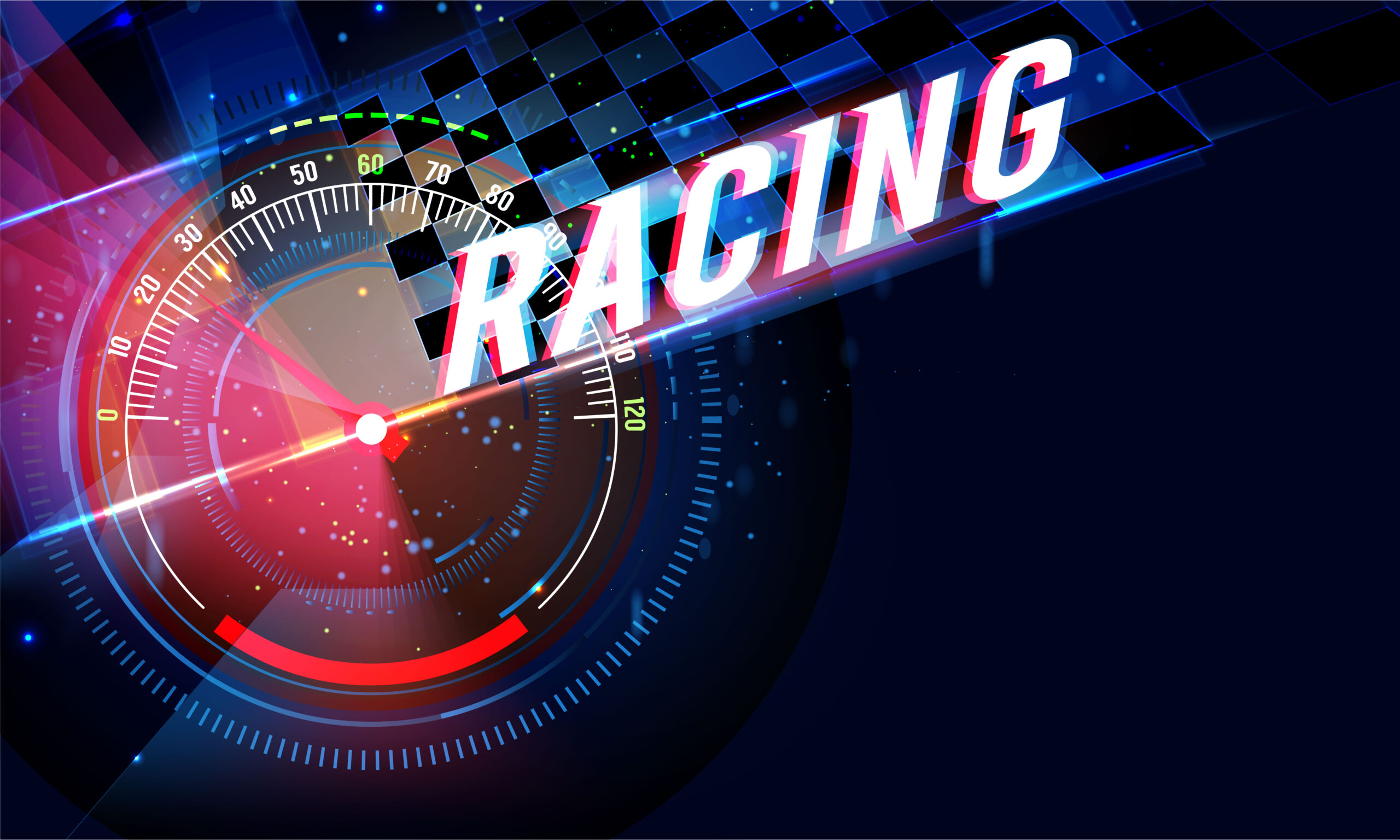In the fast-paced gaming world, car racing game development stands at the forefront of technological innovation. From the earliest pixelated renditions to today’s hyper-realistic simulations, racing games have continuously pushed the boundaries of what’s possible in the gaming industry. In this article, we’ll take a thrilling ride through the evolution of racing games, exploring the cutting-edge technologies driving their development.
Evolution of Racing Games
The Early Days
In the early days of gaming, racing games were simple and straightforward. Titles like Pole Position and Out Run laid the groundwork for what would become a thriving genre. These games featured basic graphics and limited gameplay mechanics but captivated players with their exhilarating speed and competition.
Milestones in Technology
As technology advanced, so did racing games. The introduction of 3D graphics in titles like Gran Turismo and Need for Speed revolutionized the genre, allowing for more immersive experiences and realistic environments. With each new console generation and PC hardware upgrade, developers pushed the limits of what was possible, delivering stunning visuals and lifelike physics simulations.
Graphics and Visual Realism
Importance of Graphics
Graphics play a crucial role in the appeal of racing games. The ability to create stunningly realistic cars, tracks, and environments draws players into the experience and enhances immersion. Advances in rendering technologies, such as ray tracing and advanced lighting effects, have allowed developers to achieve unprecedented levels of visual fidelity.
Visual Realism in Action
Today’s racing games boast breathtaking graphics that rival those of blockbuster movies. Titles like Forza Horizon 5 and Assetto Corsa Competizione set new standards for visual realism, with meticulously detailed car models, dynamic weather systems, and stunningly lifelike environments. These advancements blur the line between virtual and reality, delivering experiences that are truly breathtaking.
Realism in Gameplay
Simulation vs. Arcade
Racing games come in two main flavors: simulation and arcade. Simulation games, like iRacing and Project CARS, aim for realism, offering authentic physics models and true-to-life handling. Arcade games, on the other hand, prioritize fun and accessibility, with exaggerated physics and simpler controls. Both styles have their appeal, catering to different types of players and preferences.
Immersive Features
Modern racing games go beyond just realistic graphics; they also strive for authenticity in gameplay. Dynamic weather effects, day-night cycles, and realistic damage models add layers of depth and immersion to the experience. Whether you’re navigating a rain-soaked track or battling through a multi-hour endurance race, these features keep players on the edge of their seats.
Multiplayer and Online Features
Rise of Online Gaming
The rise of online multiplayer gaming has transformed the racing genre. Players can now compete against friends and strangers from around the world in real-time races, leagues, and tournaments. The competitive nature of online racing adds an extra layer of excitement and challenge, keeping players coming back for more.
Esports and Competitive Racing
Esports have exploded in popularity in recent years, and racing games are no exception. Titles like F1 2021 and Assetto Corsa have thriving competitive scenes, with professional players competing for fame, fortune, and glory. These events attract millions of viewers worldwide, showcasing the skill and dedication of the top racers in the world.
Virtual Reality (VR) Integration
Immersive Experiences
Virtual reality (VR) technology has taken gaming to new heights, and racing games are no exception. VR headsets allow players to fully immerse themselves in the driver’s seat, with 360-degree views and realistic cockpit environments. The sense of presence and immersion offered by VR adds a new dimension to racing games, making every twist and turn feel more thrilling than ever before.
Challenges and Opportunities
While VR racing games offer unparalleled immersion, they also present unique challenges for developers. Ensuring smooth performance and minimizing motion sickness are key considerations, as is designing interfaces and controls that are intuitive and easy to use. Despite these challenges, the potential for VR racing games is immense, and developers continue to push the boundaries of what’s possible in this exciting new frontier.
Emerging Technologies and Innovations
Ray Tracing and Advanced Graphics
One of the most exciting developments in gaming technology is ray tracing. This advanced rendering technique simulates the behavior of light in real-time, allowing for incredibly realistic lighting, reflections, and shadows. Racing games that utilize ray tracing, such as Gran Turismo 7 and Dirt 5, deliver stunning visuals that rival those of Hollywood blockbusters.
Machine Learning and AI
Artificial intelligence (AI) plays a crucial role in racing games, powering the behavior of computer-controlled opponents and supporting features like adaptive difficulty and realistic racing lines. Machine learning algorithms analyze player behavior and adjust AI behavior on the fly, providing a dynamic and challenging experience for players of all skill levels.
Future Prospects and Speculations
The Future of Racing Games
As technology continues to evolve, so too will racing games. From advancements in graphics and physics to new gameplay mechanics and features, the future looks bright for fans of the genre. Whether you’re a casual player or a hardcore racing enthusiast, there’s never been a better time to strap in, rev up your engine, and hit the track.
Final Thoughts
Racing games have come a long way since their humble beginnings, and the future promises even more excitement and innovation. With cutting-edge graphics, realistic gameplay mechanics, and immersive VR experiences, today’s racing games offer thrills like never before. So buckle up, put the pedal to the metal, and get ready to experience the leading edge of car racing game development.
